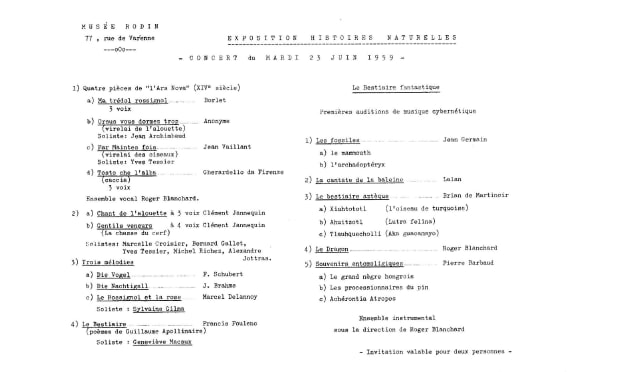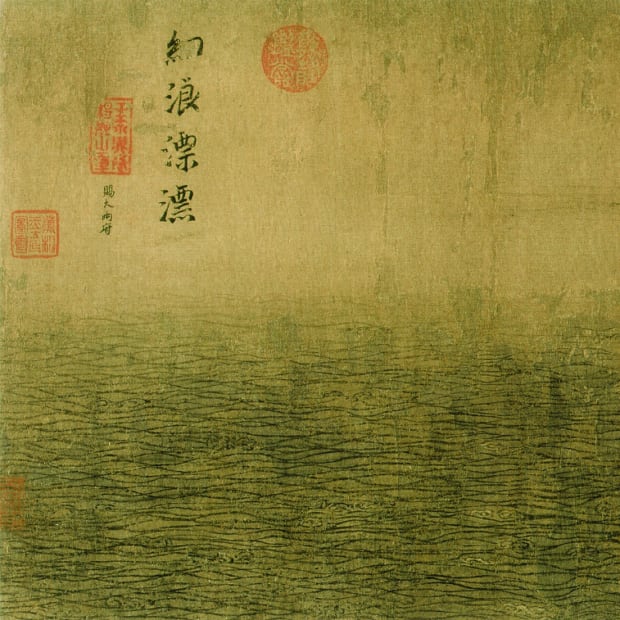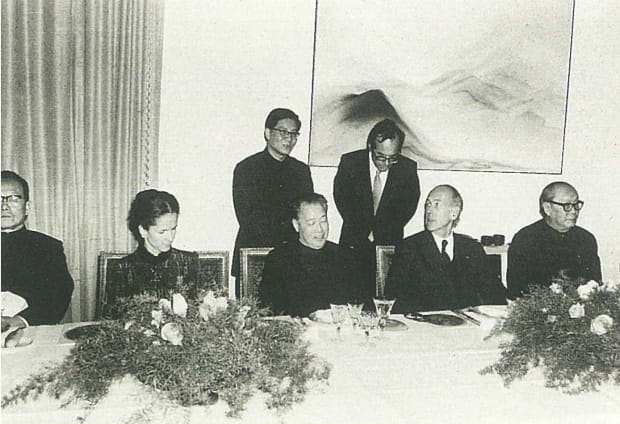-

Xie Jing-Lan with her parents, 1920s
-

View of the Westlake from the villa
-

Xie Jing-Lan and Zao Wou-ki in Guiyang, 1938
-

Xie Jing-Lan at the Hangzhou National College of Art, late 1930s
-
-

With Lin Feng-Mian (left) at Hangzhou
-

With Zao’s families before leaving Shanghai for Paris, 1948
-
 Xie Jing-Lan on "André Lebon", 1948
Xie Jing-Lan on "André Lebon", 1948 -
-
-
-
-

With Marcel Van Thienen at Mareil-en-France, about 1960
-

Xie Jing-Lan performed "La cantate de la baleine"
with the Musique Algorithmique group at Musée Rodin, 23 June 1959
-

Poster of solo exhibition at Galerie R. Creuze, Paris, France
-
-
-
-

(from right) Ionesco and Xie Jing-Lan at the Galerie 7, Paris, 1966
-
-
-
-

French President Valéry Giscard d'Estaing, his wife
and Chinese leaders at the French embassy, Xie Jing-Lan's Brèche dans le ciel on the wall, Beijing, 1980
-
-
-
-
-

With Zao Wou-Ki at the Espace Pierre Cardin, 1990
-
-
 Xie Jing-Lan in her studio in Bormes-les-Mimosa, 1994
Xie Jing-Lan in her studio in Bormes-les-Mimosa, 1994 -
























